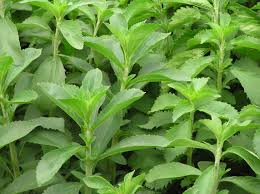Disclaimer
Information presented herein is intended for educational purposes only.
Viewers are advised to research other sources comparing it with information provided in these Videos and pictures.
Such foraging information can be used to find edible plants.
I, Ken Wooldridge make no warranties, expressed or implied, regarding the accuracy of the material provided in these videos and pictures.
I assume no legal or other liability, or responsibility for any loss or injuries that may result from the use of information contained these videos and pictures.
|
Five basic foraging rules:
- Never forage or eat anything you cannot positively identify as safe
- Never pick endangered plant species
- Always protect plants and nature
- Only pick as much as you need and never take all the plants where you forage
(This will give them time to recover and multiply.
By doing that, you will be able to return back and forage again next season)
- At all times be careful of poisonous plants, snakes and insects.
(A helpful website is - http://www.wilderness-survival.net/snake/1/)
- Only forage in unrestricted areas or obtain permission from a landowner to forage.
|
